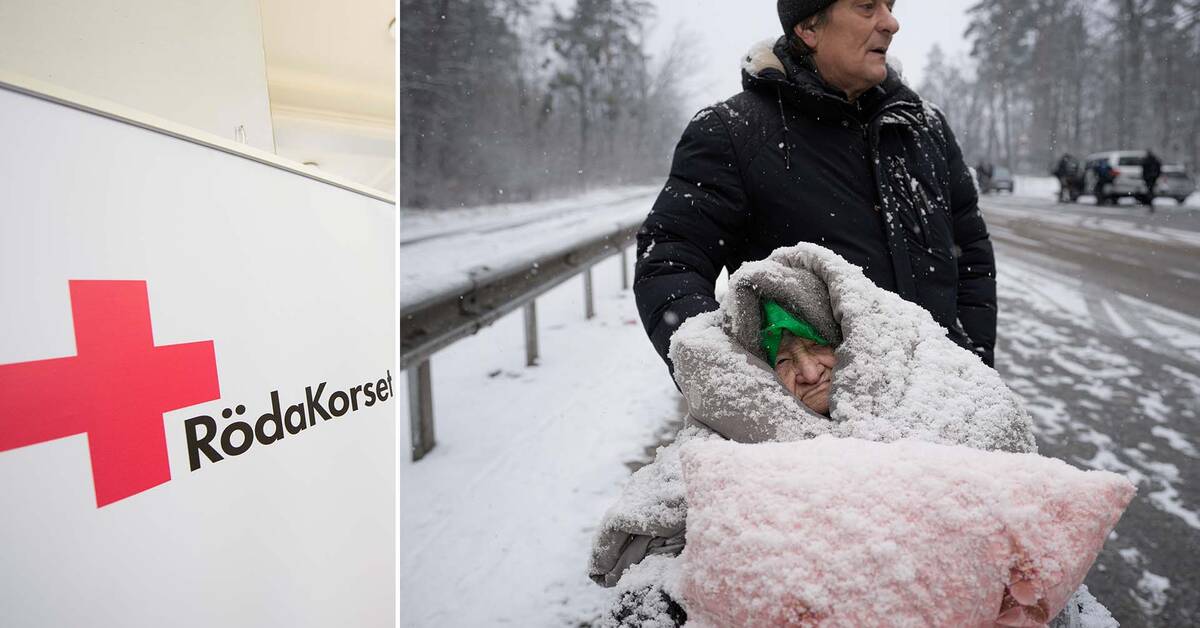Cold air and snowfall are now moving over Russia and pulling in over Ukraine, at the same time the Red Cross warns that the need for help in Ukraine will now only increase.
More than two million people are already on the run.
- Snow and ice can of course affect logistics, says Nina Paulsen, the Red Cross' disaster adviser.
But the biggest problem is that one does not get close to the victims of the war in all areas in a way that is safe for staff and volunteers.
Russia must maintain the humanitarian corridors if we are to be able to reach them with vital aid.
Access to food, water and electricity is also becoming increasingly limited, she says.
Negotiations on humanitarian corridors must then be accelerated.
- We are very worried about people fleeing the neck practically in the clothes they stand and walk in. The elderly and people with disabilities are stuck in their chilled apartments and in several places in Ukraine, access to electricity and fuel is a big problem, she says.
Differences between city and country
Then - just like in Sweden - there is a big difference between urban and rural areas, says Nina Paulsen.
In the countryside you are better prepared than in cities, as you have access to a stove and can re-fire e.g.
gas and electricity do not work.
- But in general, people live in extreme fear of shelling and bombs.
Food, water and electricity are lacking, but also health care.
We have 2.5 tonnes of insulin and first aid kits, as well as other medical equipment ready to be distributed, but the hospitals are under pressure and have also ended up in the firing line.
The UNHCR also warns that falling temperatures will increase suffering, especially as the ongoing attacks force hundreds of thousands of people into shelters that are poorly equipped and not protected from low temperatures.

